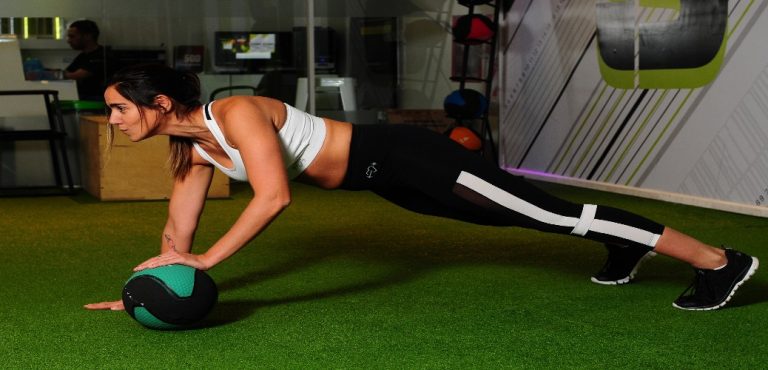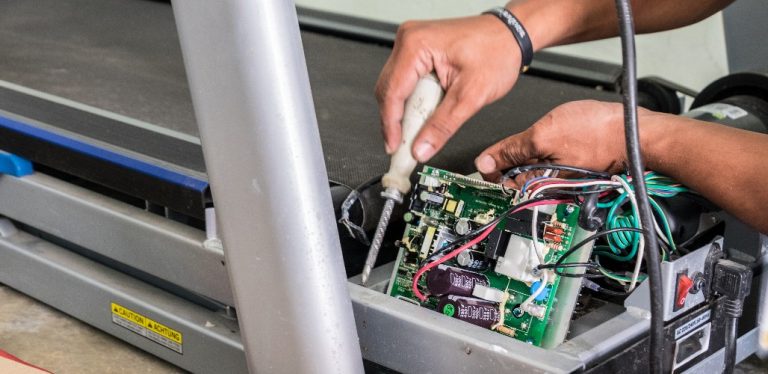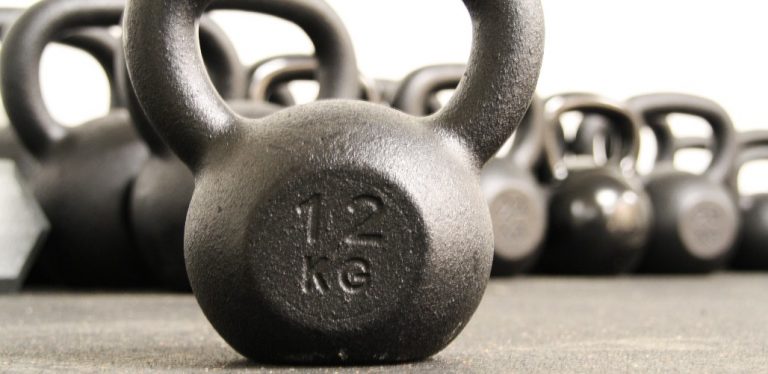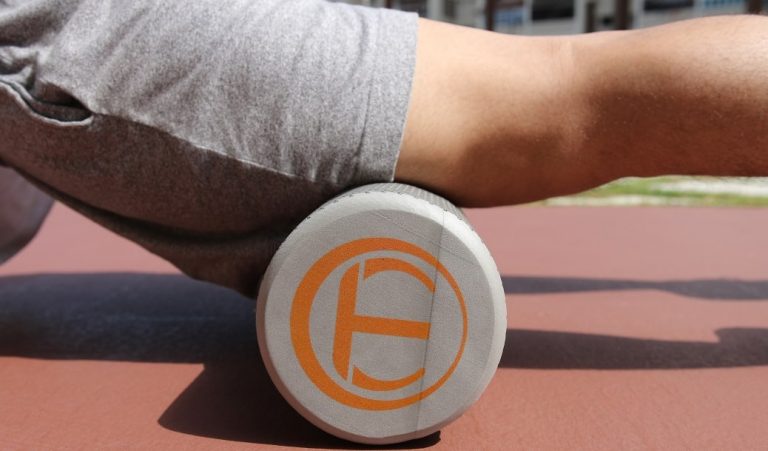11 Great Hip Flexor Stretches and Exercises
Tight hip flexor muscles can be behind a myriad of health issues. Beyond the tightness, you feel… it could be affecting your back, mobility, digestion, immune system, and more. For runners, health flexors are critical to keeping strong and on the trails. In fact, hip flexor stretching and exercises should really be part of your injury prevention routine.
Using the exercises in this guide can help stabilize your hip flexors, but if you want to be serious about reaping the full benefits a strong psoas muscle can offer, you should consider a program such as “Unlock Your Hip Flexors.”
Why Are Your Hip Flexors So Important To Your Health?
The hip flexors compose a large group of individual muscles that control a large portion of your lower body. These muscles connect the pelvis and back to the knees. When they engage, they are responsible for powering much of your body’s motion.
People who love to jump, run, swim, and climb rely heavily on the hip flexors. In order to function properly, hip flexor stretches must be performed frequently. Sedentary lifestyles contribute to the shortening and weakening of these muscles. If they become weak, limitations in mobility can occur. Stretching can help with this problem.
When you step and run, the muscles in the hips help propel your legs forward. When you stand, these muscles provide the support that ensures correct angles in your skeletal alignment. If any hip muscles are weak, they will cause a corrective reaction that can compromise how you stand, step, and move through athletic activities.
Hip pain is often the result of weak flexor muscles. This type of pain will limit your physical ability to perform at your best. It will also create mental stress that has a cascading effect on your general health. Flexor pain can be mildly uncomfortable at times, but it can also be extraordinarily painful. This is because hip muscle problems affect more than just the legs.
Inner Leg Muscle Problems
The sartorius is the longest muscle in the body. It runs from your lower back to your knee. When this muscle is weak, it will affect many body posture positions. When you sit, a lack of sartorial support will make your pelvis curl under your body weight. It will also pinch the nerve channels near your knees. This will likely put pressure on your back which is very fatiguing.
Quadriceps Weakness
The multi-angular muscles on the front of your legs need to be stretched constantly to remain in an elongated state. These are the muscles that help you run efficiently. If they are not fully elongated, running and walking regimens will become extremely taxing and painful.
Psoas Problems
The Psoas muscle complex lies deep within your pelvic region. It is one of the main control mechanisms that control all hip movements. Psoas muscles that are not used often will shrink in size. When they are in this state, they will pull on the lower back with every lower body movement. Psoas problems will limit mobility, and they will act negatively on body systems like digestion and breathing. Avoiding a totally sedentary lifestyle is the best way to reverse this type of hip flexor problem.
Outer Leg Pain
The Illiacus muscles run along the outer parts of your leg. They provide support for the larger muscles of the legs while you bend to the side, kick, or climb uneven surfaces. If these muscles become weak, you will notice that activities like swimming and turning will become difficult. Illiacus muscles often weaken on only one side of the body. This makes it difficult to take advantage of full-body exercises. It will create the sensation that one side of the body is stronger than the other.
When any hip flexor muscle becomes problematic, it will limit your ability to perform your favorite exercises. These muscles operate through major nerve points, so their function will affect how the entire body performs.
When your hip flexors are limited, your whole body will be affected. Continuous hip flexor problems will affect your workouts, and they will eventually affect your mental state. Chronic hip muscle injury and pain can radically affect how you approach a fitness-centered lifestyle.
So, what is the way to prevent problems with your hip flexors?
The answer requires the same approach that you would take for many other muscle problems in the body. Hip flexors are tricky, however, and keeping them in great condition requires some effort.
Here are some incredibly effective and quick hip flexor exercises to do every day if you love activities that require a lot of lower body motion. They will help with hip flexor muscle recovery, and they will keep healthy muscles working well.
–
11 Hip Flexor Exercises and Stretches
All of the following motions focus on relaxing, elongating, and strengthening the hip flexors. This includes the lower back, upper leg, groin, and lower internal abdominal regions. Always take your comfort and level of fitness into consideration when attempting them.






